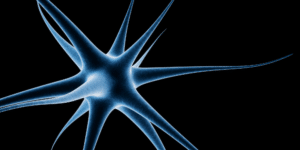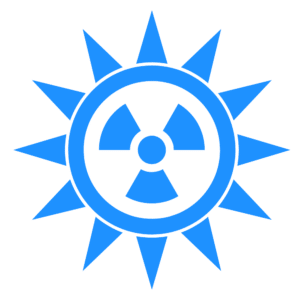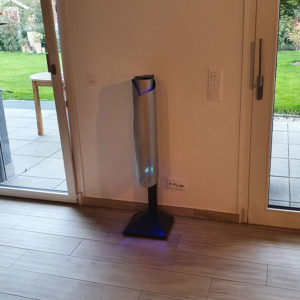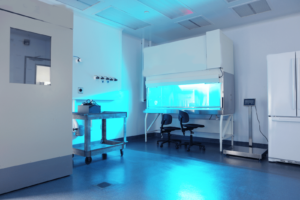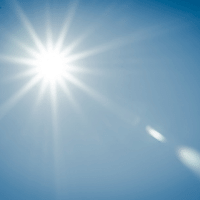
Summary of the study conducted by medRyxiv (Published August 29, 2021) on the transmission of SARS-Cov-2 aerosols in schools and the effectiveness of different interventions.
Schools and the Covid! As parents, we are all concerned about the air quality in our children’s schools.This includes the transmission of viruses and particularly

